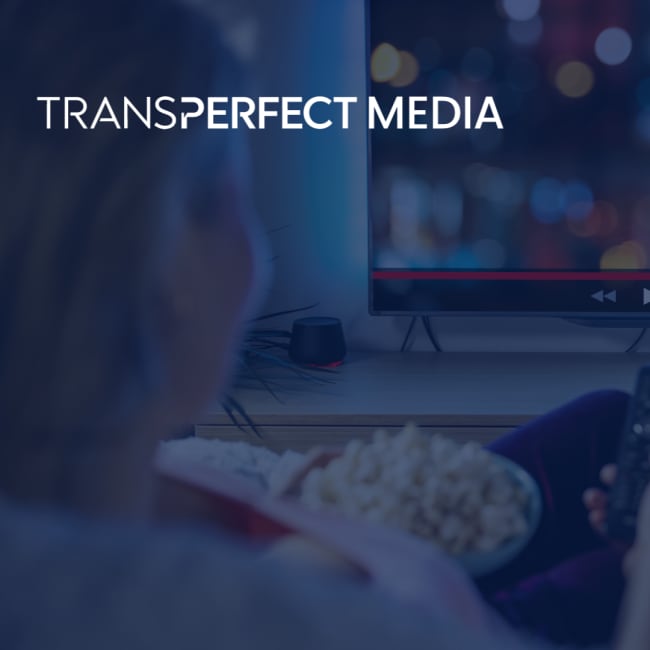4 Reasons Why Your Content Should Be Produced and Localized Under the Same Roof


Organizations are often inclined to develop their own multimedia content, either internally or withthe help of an agency. They may see this as a way to save time and money. But once their content is ready to go live, organizations may decide they want to broaden their target audience and market, whether domestic or international. At this point, the content needs to be translated and/or localized. If the content wasn’t created with these steps in mind, delays and added expense can result. Having your design, video, or other multimedia content produced and localized under one roof helps ensure a streamlined and cost-effective process.
Having your design, video, or other multimedia content produced and localized under one roof helps ensure a streamlined and cost-effective process.
What Is Localization?
Localization is the process of adapting a website or other digital assets to suit the language, cultural preferences, and expectations of different regions. For example, an American English website may be localized for a British English audience using British spellings, metric measurements, and culturally relevant idioms and references. If an English website is being localized for a non-English-speaking audience, the content also needs to be translated.
Let’s look at four reasons why unifying content creation and localization under one roof is a good idea.
1) Multimedia Content Will Be Optimized for Localization
The way that your content is created can affect the ease with which it is localized. For example, our team at ContentLabs might avoid making videos with a lot of on-screen text. We might also be cognizant of leaving enough space at the bottom of a frame for subtitles or captions.
Consider this example for a film with subtitles: If a character is speaking and the scene is cut tooquickly, the subtitles may not fit in the proper framing and may overflow to the next scene. By cutting the footage ourselves, we might extend that scene by 1 second so that the viewers’ visual continuity is maintained.
2) Source Files Will Be Properly Organized
Sixty percent of the source files that we receive are not ready for localization. They may be improperly organized, making it difficult for our engineers to sort through. Files shared with us may contain broken links. Elements such as branded fonts can be lost. Additionally, the speed of transfer can vary significantly. A 10-minute 4K testimonial video could be multiple terabytes, making it cumbersome to share back and forth.
At ContentLabs, we know exactly how our engineers prefer the source files to be organized. All source files are stocked on a common secured server so the engineers can access them seamlessly instead of having to manage the sharing of large files between agencies.
3) You’ll Save Money
Some companies may choose to use multiple vendors throughout the content process. This may amount to cost savings in the short term, but it may not be the best long-term strategy. When files need to be transferred or if assets are not aligned properly, the added project management time can cut into those cost savings. Sometimes files are missing altogether. This is not likely to be an issue if your content stays in the hands of the team that created it.
You’ve heard it with insurance, but it applies here, too: Bundling leads to savings. At ContentLabs, we handle the content creation and localization process start to finish. We’ve helped more than 2,500 clients realize a collective 40% cost savings for localization.
4) Your Content Will Benefit from Consistent Vision & Quality
Sticking to one team for your content creation, translation, and localization helps ensure a consistent vision for your final product. Choosing one vendor who shares your expectations minimizes the chance that your deliverables will deviate from your original vision. It also helps ensure consistency.
Let’s say you’ve created a video script that needs to be translated and localized, and you send itto a third party for translation and localization. The third party will not have the full context andfamiliarity with your content. When it is returned to you, there may be quality control issues. Thecontext of the translation could be off. If a visual of a woman appears with translation worded inthe masculine, the entire meaning could be thrown off for the target audience, resulting in lowerengagement.
Final Thoughts
Localization doesn’t have to be complicated. Having your content created, translated, and localized under one roof ensures the process is efficient, both in time, money, and consistency.
If you’re ready for ContentLabs to help you create and share your story, visit us or get in touch via email at content@transperfect.com.



